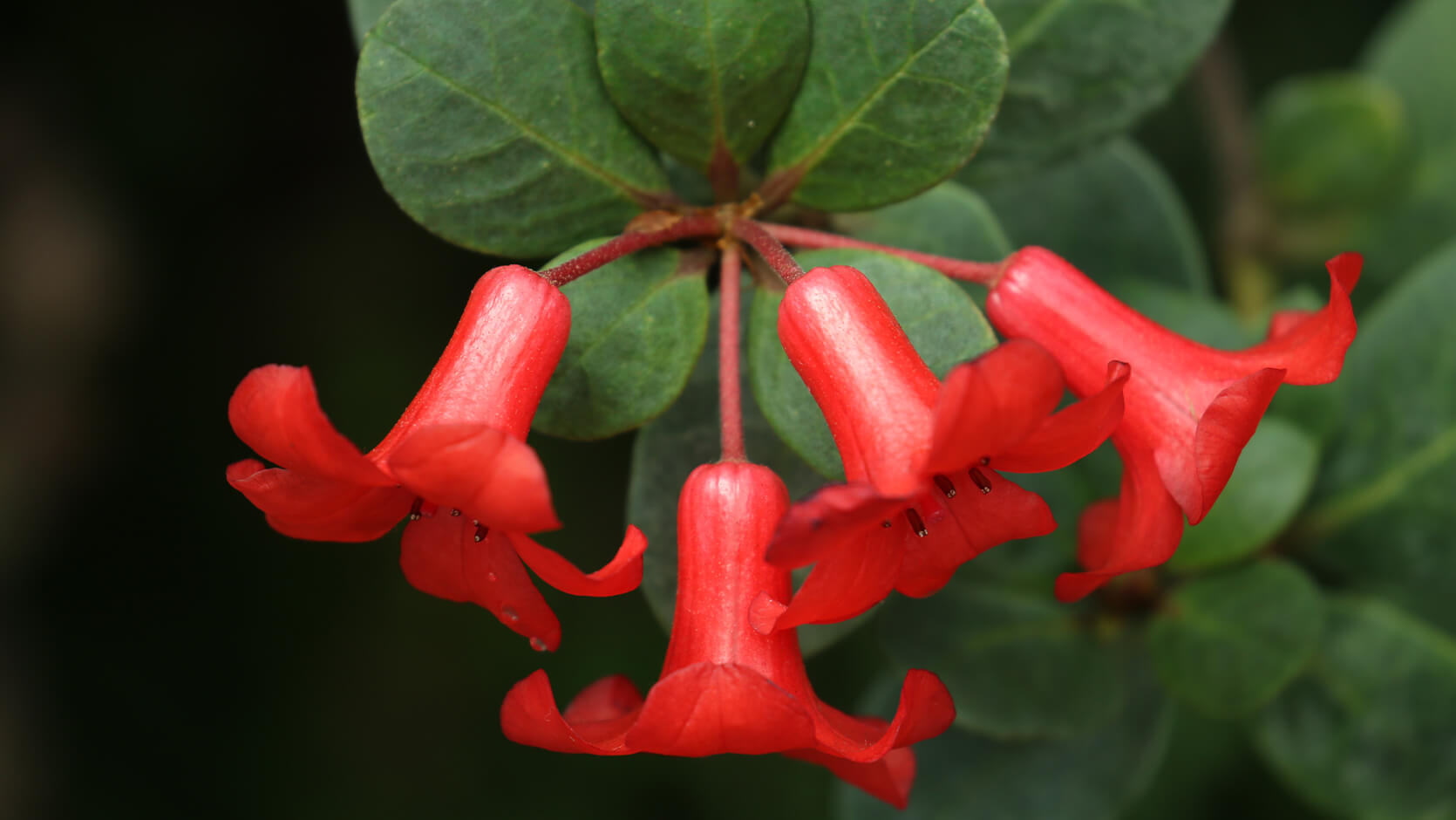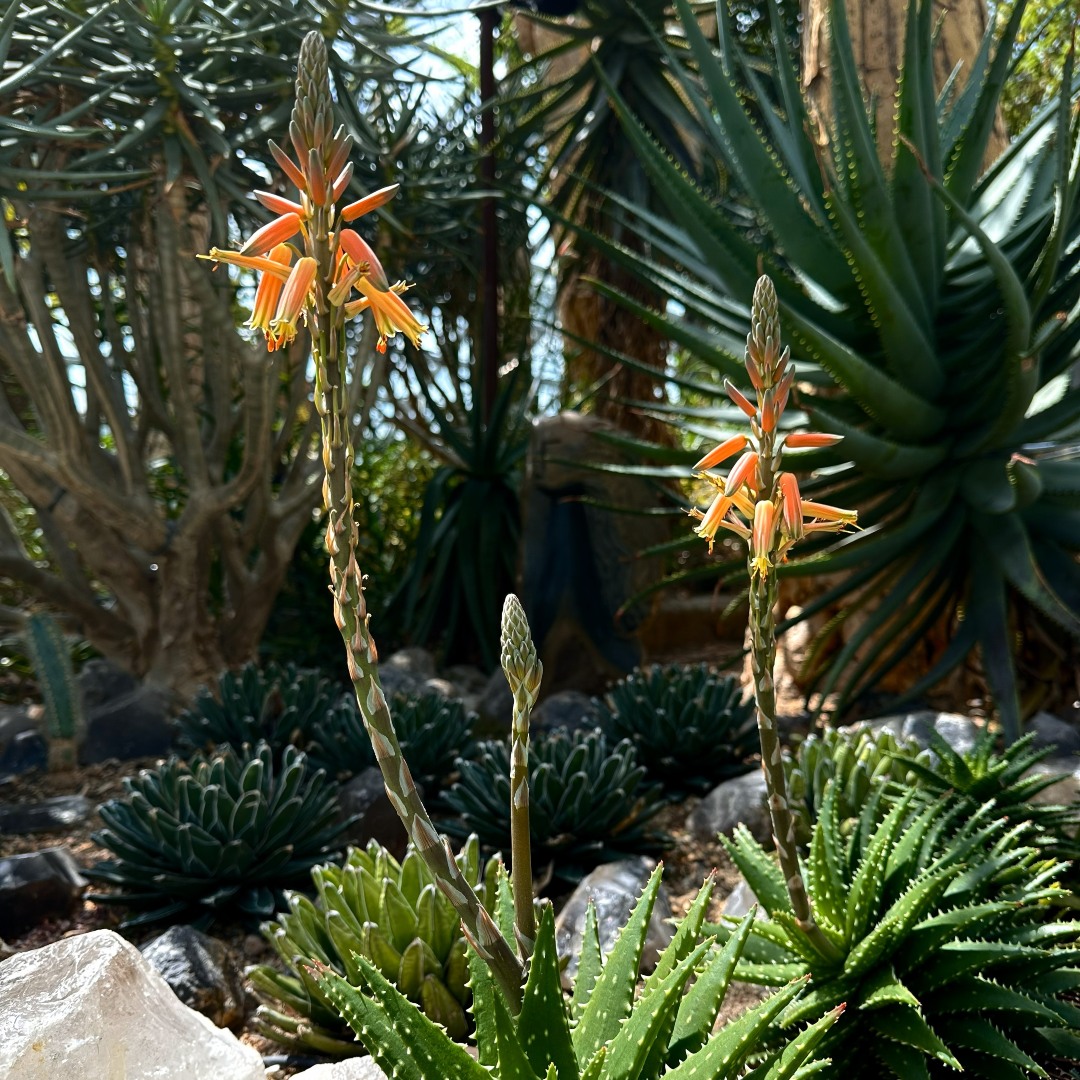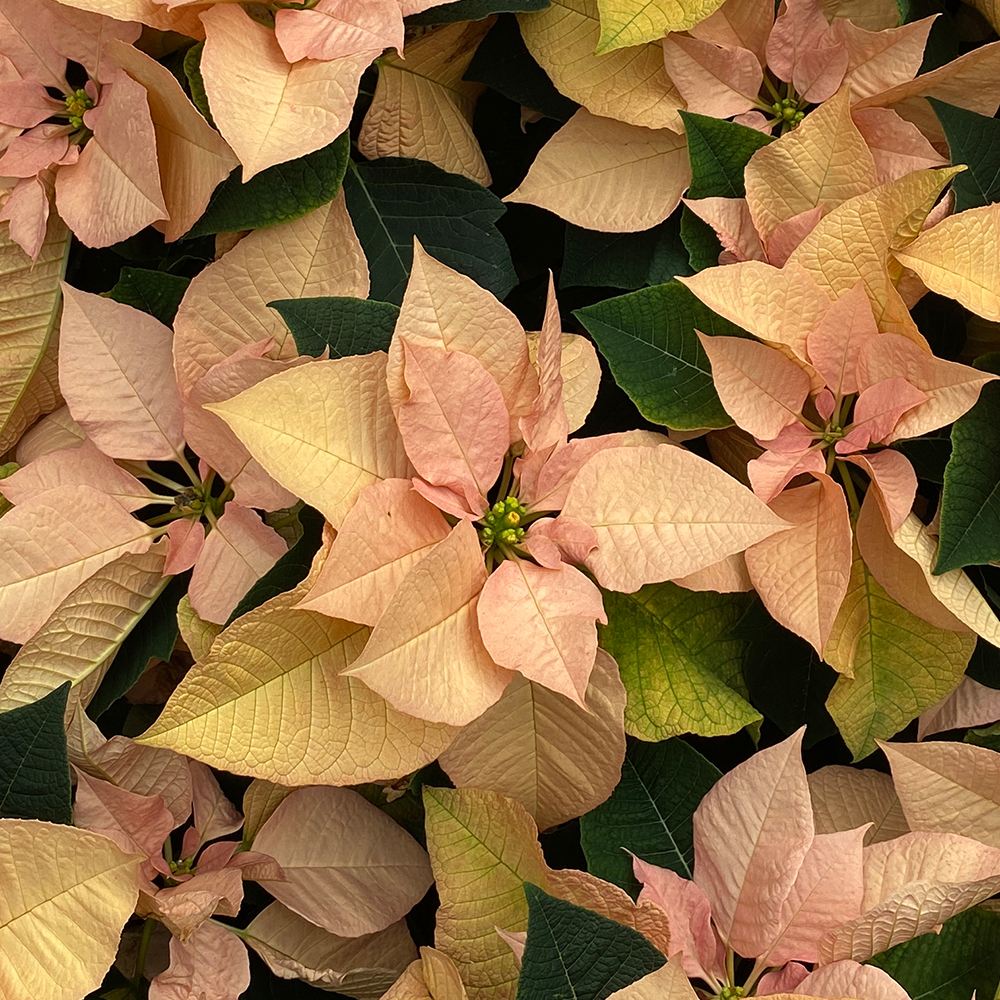Christmas Orchid (Calanthe triplicata)
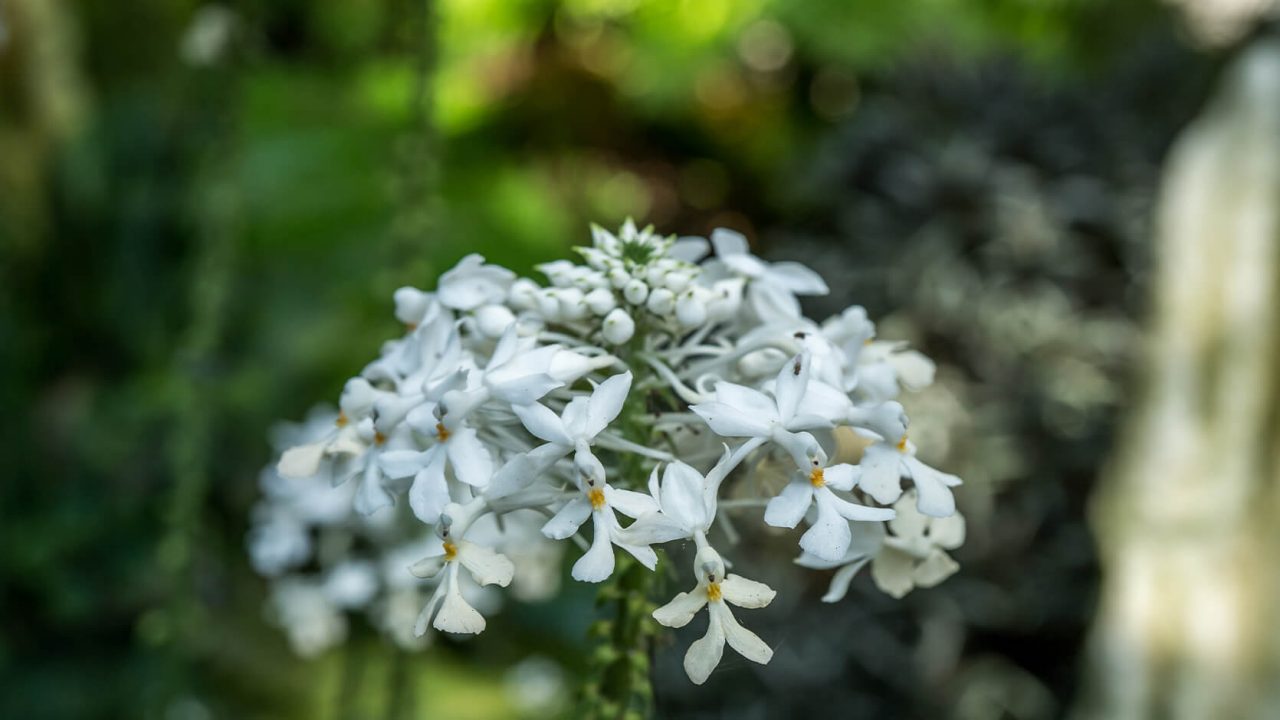
Commonly known as the Christmas Orchid, Calanthe triplicata is native to many countries, ranging from tropical and subtropical Asia to the Pacific. This warm to cool growing terrestrial orchid can be found in humid rainforests, in the crevasses of karst limestone, at elevations of 500 to 1500 metres. Native populations in Australia bloom from October to February - over the Christmas holidays - hence its common name!
The genus name Calanthe comes from the Greek words ‘kalos', which means beautiful, and 'anthe', which means flower. The species name 'triplicata' is derived from the Latin prefix 'tris', which means ‘thrice’, and 'plicatus', which means 'folded', in reference to its lobed lip petal or labellum, which looks like it was folded three times to achieve its four lobes. If you look closely, the flowers actually resemble flying white cranes!
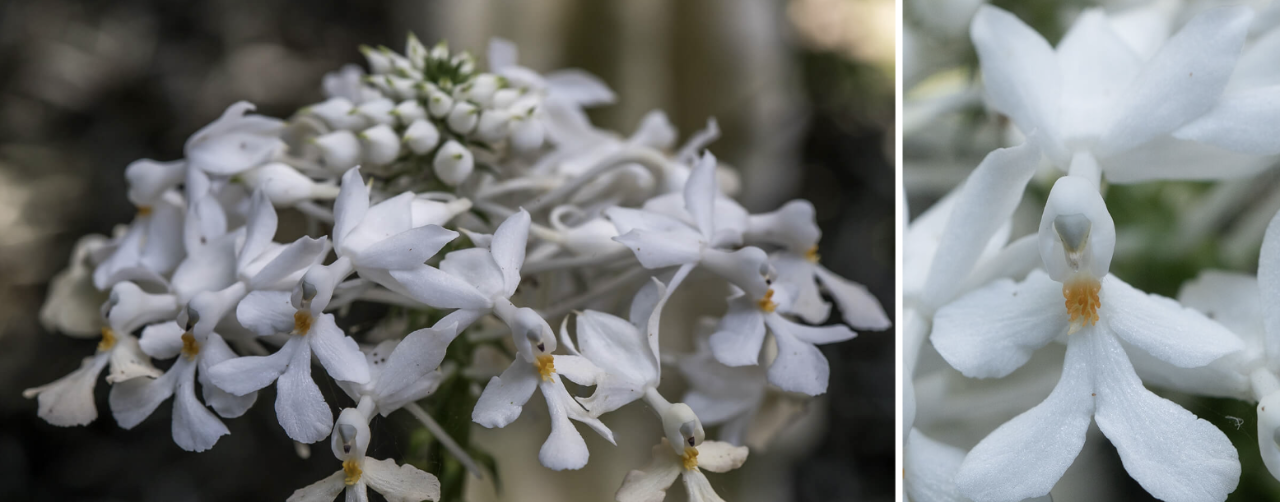 A cluster of flowers on a single stem of Calanthe triplicata (left) and close-up of a single Christmas Orchid flower (right); showing its four-lobed lip petal, arrayed outward from the yellow and grey column comprising its reproductive parts. Above the column are the five tepals comprising the rest of the flower.
A cluster of flowers on a single stem of Calanthe triplicata (left) and close-up of a single Christmas Orchid flower (right); showing its four-lobed lip petal, arrayed outward from the yellow and grey column comprising its reproductive parts. Above the column are the five tepals comprising the rest of the flower.
In addition to its ornamental value, the Christmas Orchid also has medicinal uses. In Taiwan, herbalists use the roots to treat rheumatism, backache and traumatic injuries including fractures. In India, the root extract is used to treat diarrhoea and toothache. This versatile orchid can be found in the Secret Garden, in Cloud Forest.
Written by: Ng Yu Qin, Senior Horticulturist, Research and Horticulture
Yu Qin is always looking for ways to pick up new skills and put them to use. She spends most of her time with orchids and enjoys learning something new about them every day!
